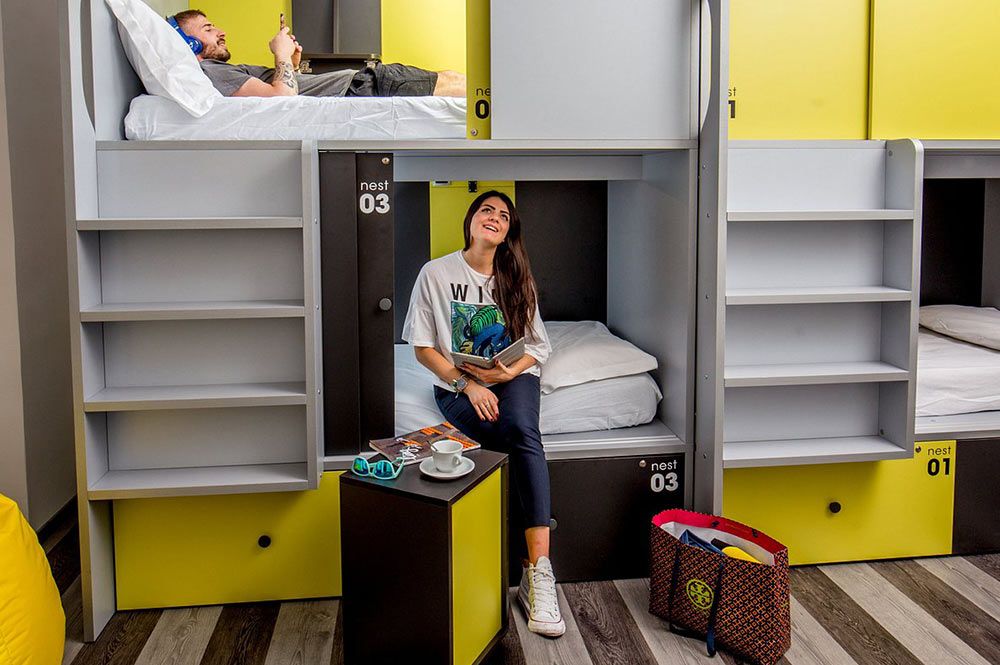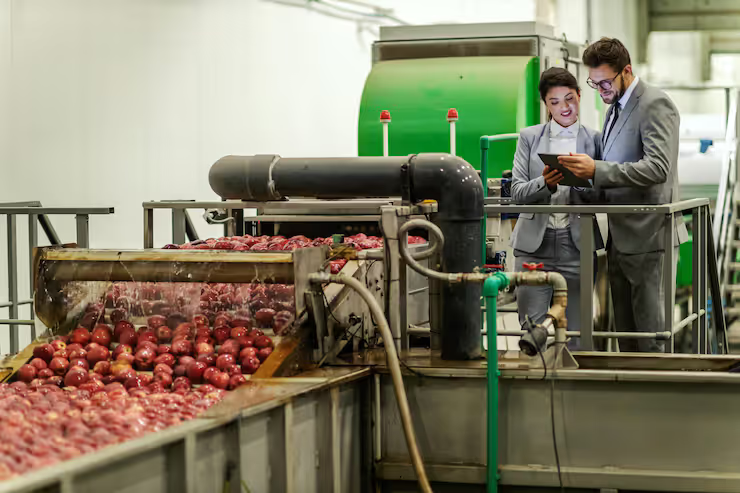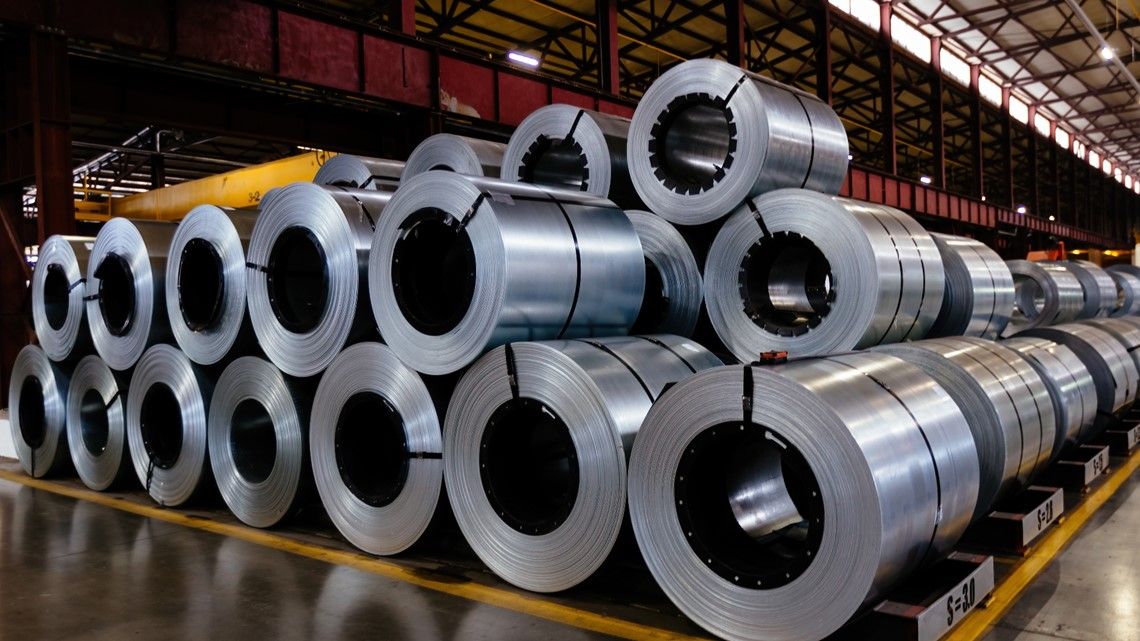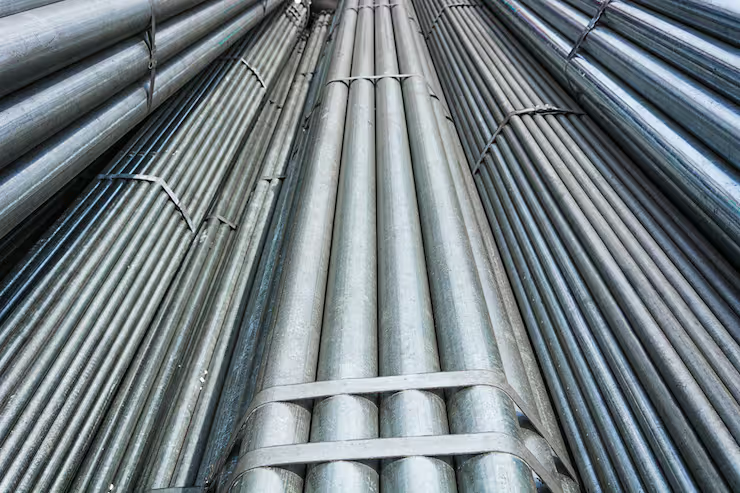Learn How to Get Clean, Safe Water with Budget-Friendly Filtration Options
Water is one of the most essential resources for human survival, yet access to clean drinking water remains a challenge in many regions. Contamination from industrial waste, agricultural runoff, and outdated infrastructure has increased the need for reliable filtration systems. Affordable water filtration solutions have emerged to bridge this gap, offering safe and clean drinking water to households, schools, and communities without high costs.
Water filtration works by removing impurities such as bacteria, heavy metals, and chemicals from water. Depending on the method—such as activated carbon filters, reverse osmosis, or UV purification—different contaminants can be effectively addressed. These solutions are not only important in rural areas with limited water infrastructure but also in urban homes where concerns about quality persist.
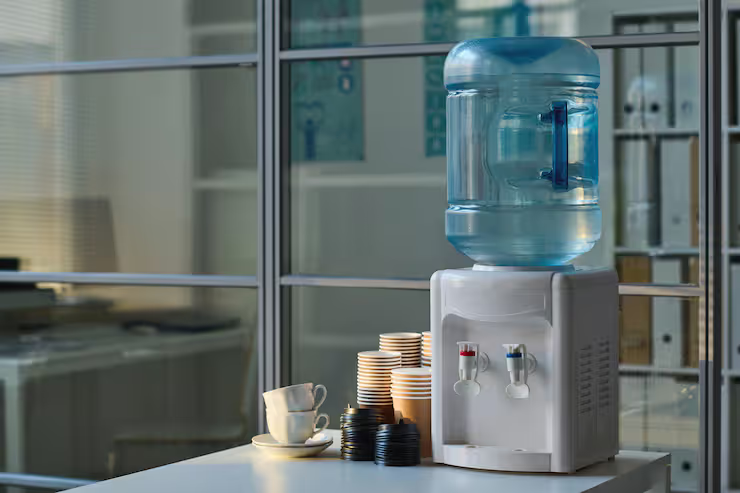
Importance
Affordable water filtration matters because it addresses several critical issues:
-
Health protection: Removes harmful contaminants, reducing risks of waterborne diseases.
-
Accessibility: Provides low-cost clean water options for families and communities.
-
Sustainability: Reduces reliance on bottled water, minimizing plastic waste.
-
Economic savings: Long-term use of filters is often more affordable than constantly purchasing packaged drinking water.
Safe water impacts everyone—from children who need clean water for growth, to hospitals requiring sterile supplies, to households ensuring daily cooking and drinking needs.
Recent Updates
In the past year, there have been several developments in the field of water filtration:
-
2024 advancements in portable filters: Compact, low-cost filters designed for rural households and travelers gained popularity.
-
Smart water purifiers: Devices with sensors that track water quality and alert users when maintenance is needed became more accessible.
-
Government-supported projects: Countries like India and Kenya expanded affordable community filtration initiatives.
-
Eco-friendly filters: New filters using biodegradable or recyclable materials were introduced to reduce environmental impact.
According to recent market research, demand for cost-effective home water purifiers has grown significantly, especially in developing regions where affordability and accessibility are key.
Laws or Policies
Water quality and filtration are closely linked to national and international regulations:
-
WHO guidelines: The World Health Organization sets global standards for safe drinking water quality.
-
Local water safety regulations: Countries maintain their own standards, such as the U.S. Environmental Protection Agency (EPA) or India’s Bureau of Indian Standards (BIS).
-
Subsidy programs: Some governments offer subsidies on affordable water filters for rural communities.
-
School and workplace safety rules: Regulations often require institutions to provide safe drinking water, increasing the adoption of filtration systems.
These policies aim to ensure equitable access to clean water while encouraging innovation in cost-effective filtration technology.
Tools and Resources
There are many tools and platforms that can help individuals and organizations choose affordable water filtration solutions:
-
WHO Water Quality Database – for global data on safe drinking water standards.
-
EPA Safe Drinking Water Information System (SDWIS) – U.S.-based resource on water quality compliance.
-
Water.org – provides community-level solutions and financing support.
-
Cost calculators – online tools that compare filter costs over time versus bottled water.
-
Mobile apps – water quality apps that help track contaminants in local water supplies.
FAQs
Q1: What is the most affordable type of water filter?
Activated carbon filters are among the cheapest and most widely used. They effectively remove chlorine, odors, and some impurities, making them suitable for basic household use.
Q2: How often should water filters be replaced?
It depends on the type of filter. Activated carbon filters may need replacement every 3–6 months, while reverse osmosis membranes can last 2–3 years with proper care.
Q3: Are affordable water filters effective against bacteria and viruses?
Some low-cost options, like ceramic filters and UV purifiers, can remove or deactivate bacteria and viruses. However, not all basic filters provide full protection, so choosing the right system based on local water quality is important.
Q4: Can water filtration save money compared to bottled water?
Yes, investing in a household water filter often reduces long-term costs compared to continuous purchases of bottled water, which also reduces plastic waste.
Q5: Are there government programs that help with water filtration costs?
Yes, many governments and NGOs provide subsidies or community-based filtration units in underserved areas to ensure affordable access to safe drinking water.
Example Table: Comparison of Affordable Water Filtration Methods
| Filtration Method | Cost Level | Removes | Best Use Case |
|---|---|---|---|
| Activated Carbon | Low | Chlorine, odor, taste | Urban homes, basic needs |
| Ceramic Filters | Low | Bacteria, sediments | Rural households |
| UV Purifiers | Medium | Bacteria, viruses | Schools, small communities |
| Reverse Osmosis | Medium | Salts, metals, toxins | Areas with hard water |
| Portable Filters | Low | Dirt, pathogens | Travelers, emergencies |
Final Thoughts
Affordable water filtration solutions play a vital role in ensuring access to clean water for millions worldwide. By combining innovation, supportive policies, and practical tools, families and communities can achieve long-term health and sustainability. The right choice depends on local water conditions, budget, and long-term goals, but the overall impact remains the same: safer water, healthier lives, and reduced environmental burden.

